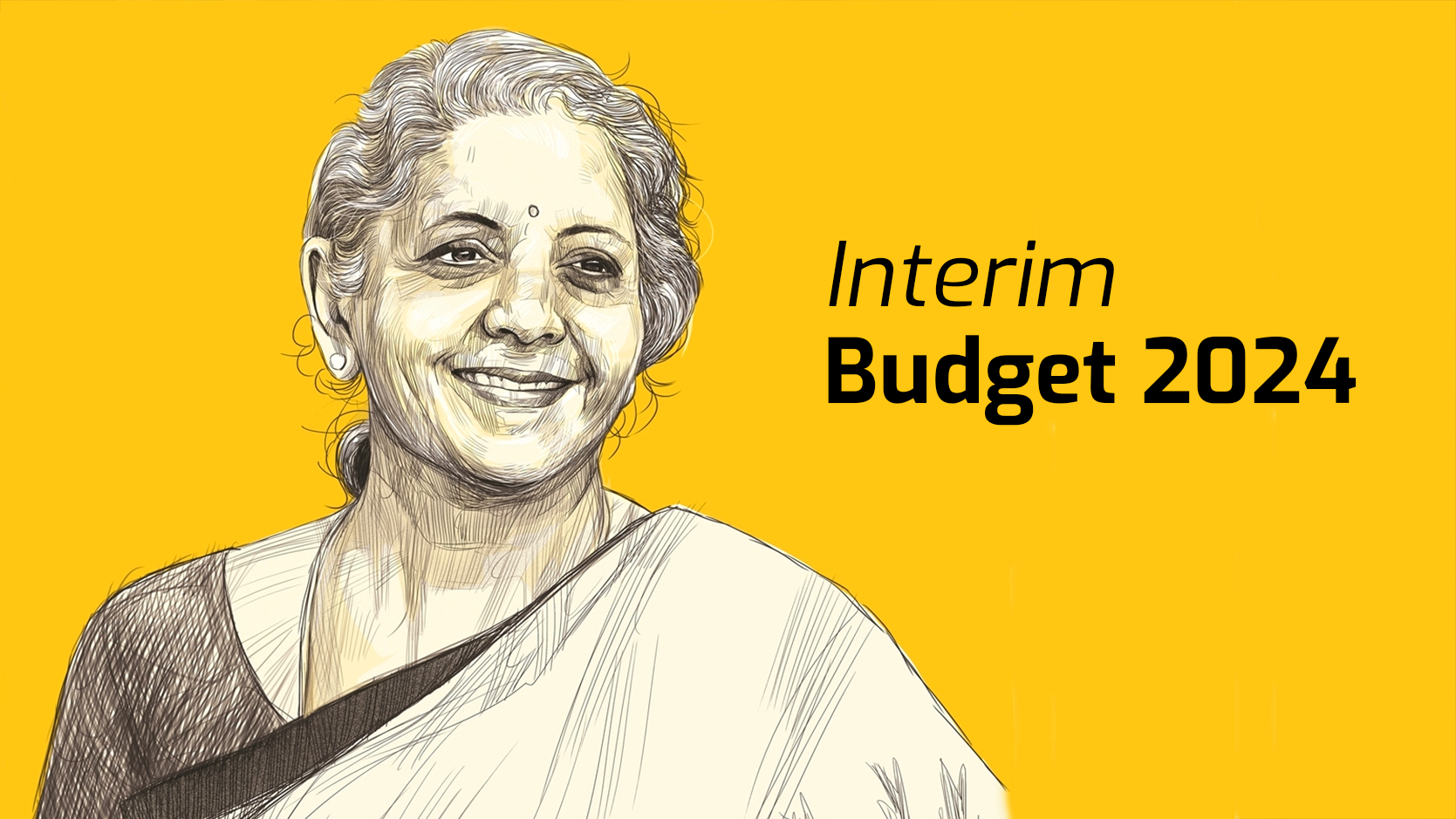UPSC Animal Husbandry and Veterinary Science Syllabus: Those who are interested in studying animal husbandry, veterinary science, and allied subjects should use the UPSC Optional Syllabus for Animal Husbandry and Veterinary Science. A thorough awareness of the many facets of animal health, disease prevention, breeding, nutrition, and welfare is provided by this syllabus.
Animal husbandry and veterinary science areas such as veterinary anatomy, physiology, pharmacology, microbiology, and surgery are covered in great detail in the UPSC Syllabus. For candidates who are passionate about animal science and want to work in veterinary medicine or allied fields, the UPSC Animal Husbandry and Veterinary Science Optional Syllabus is great.
For the benefit of applicants, this article about the UPSC Optional Syllabus for Veterinary Science and Animal Husbandry has been published. Those who are interested in learning more about the Animal Husbandry syllabus for UPSC, including books, study guides, test patterns, and more, should continue reading.
UPSC Animal Husbandry and Veterinary Science Syllabus For Paper 1
Topics including Animal Nutrition, Animal Physiology, Animal Reproduction, Livestock Production & Management, Genetics & Animal Breeding are covered in the Optional Paper 1 Syllabus of Animal Husbandry and Veterinary Science. We have explained the whole UPSC Animal Husbandry and Veterinary Science Syllabus for Mains Optional Paper 1 to get deeper into the subtopics.
Note: Answers have to be sent in the format specified on the admission certificate.
UPSC Animal Husbandry and Veterinary Science Syllabus For Paper 1: Animal Nutrition
- Energy from food being distributed throughout the animal. Calorimetry, both direct and indirect. Comparison of slaughter techniques and the carbon-nitrogen balance. Methods for communicating the energy content of food in pigs, poultry, and ruminants. The amount of energy needed for development, maintenance, breastfeeding, pregnancy, and the production of eggs, wool, and meat.
- Most recent developments in nutrition for protein. Interactions between energy proteins. Assessment of the quality of protein. NPN compound usage in the diets of ruminants. necessary amounts of protein for development, maintenance, lactation, pregnancy, and the production of eggs, wool, and meat.
- The origins, physiological roles, and symptoms of deficiencies of major and trace minerals. hazardous minerals. interactions between minerals. The function of water-soluble and fat-soluble vitamins in the body, as well as the signs of deficiencies.
- Supplementary feed ingredients: oligosaccharides, antioxidants, probiotics, enzymes, hormones, methane inhibitors, mould inhibitors, emulsifiers, buffers, etc. Current ideas regarding the use and misuse of growth boosters, such as hormones and antibiotics.
- Preserving feed sources. Feeds and feed additives are stored. recent developments in feed processing and technology. Factors that are poisonous and antinutritional found in animal feed. feed evaluation and quality assurance. Digestibility trials: indicator, indirect, and direct techniques. Predicting grazing animal feed intake.
- Developments in the diet of ruminants. requirements for nutrients. proportions that are in balance. feeding calves, breeding bulls, pregnant animals, and work animals. Techniques for feeding milch animals at various lactation cycles. feeding’s impact on the composition of milk. feeding goats to produce milk and meat. feeding sheep to produce meat and fibre.
UPSC Animal Husbandry and Veterinary Science Syllabus For Paper 1: Animal Physiology
- The blood’s circulation, breathing, and excretion mechanisms. Endocrine glands in both well-being and illness.
- Components of blood Characteristics and purposes-production of blood cells-The synthesis and chemistry of haemoglobin; -The creation, classification, and characteristics of plasma proteins; -The coagulation of blood; -Haemorrhagic diseases anticoagulants and blood types volume, plasma expanders, and blood buffer systems. The importance of biochemical testing in the diagnosis of disease.
- Heart physiology, cardiac cycle, heartbeat, heart sounds, and electrocardiograms are all included in circulation. Heart function and efficiency: impact of ions on heart function; cardiac muscle metabolism; neural and chemical regulation of the heart; impact of stress and temperature on the heart; blood pressure and hypertension; osmotic regulation; arterial pulse; vasomotor regulation of circulation; shock. the pulmonary and coronary circulations, Cerebrospinal fluid, blood, and brain barrier circulation in birds.
- The process of respiration: mechanism of Gas transport and exchange, neuronal respiration control, chemosensors, hypoxia, and avian respiration.
- Excretion: Kidney structure and function; urine generation; renal function research techniques-renal control over acid-base balance: physiological components of renal failure in the urine-congestion of the passive veinsThe function of the sweat glands and their urinary secretions in chickens. urine dysfunction test using biochemistry.
- Glands that produce hormones A functional disorder’s diagnosis and symptoms. Hormone synthesis, secretion mechanism, and control- The role and classification of hormone receptors.
UPSC Animal Husbandry and Veterinary Science Syllabus For Paper 1: Animal Reproduction
- Artificial Insemination and Preservation of Semen Quality Semen components, spermatozoa composition, ejaculated semen’s chemical and physical characteristics, and factors influencing semen both in vivo and in vitro. variables influencing sperm concentration, diluent composition, semen production and quality, and transportation of diluted semen. In pigs, poultry, sheep, goats, and cows, deep freezing methods are used. improved conception by oestrus detection and timing of insemination. Anoestrus and prolific repetition.
UPSC Animal Husbandry and Veterinary Science Syllabus For Paper 1: Livestock Production and Management
- Comparing India’s dairy farming to that of developed nations: A look at commercial dairy production. Dairy farming is both specialised and economically viable mixed agricultural. The establishment of a dairy farm, the land and capital requirements, and the farm’s organisation. Opportunities in dairy farming and elements affecting dairy animals’ productivity.
- Budgeting, pricing policy, cost of milk production, herd recording, and personnel management. creating feeds that are both practical and affordable for dairy cattle; ensuring a year-round supply of greens; and meeting the feed and fodder needs of dairy farms. feeding schedules for young cattle, bulls, heifers, and breeding animals; feeding records; and new developments in feeding young and adult stock.
UPSC Animal Husbandry and Veterinary Science Syllabus For Paper 1: Genetics and Animal Breeding
- Animal genetics’ past. Mendelian inheritance in mitosis and meiosis; variations from Mendelian genetics gene expression; Connection and transition; characteristics that are limited by, impacted by, and determined by their sex; polymorphism and blood groupings; aberrations in chromosomes; inherited in the cytoplasm. The structure of genes; DNA as genetic material; the genetic code and the creation of proteins; Recombinant DNA engineering. mutations, kinds of mutations, ways to find mutations and rate of mutations. Metabolic transformation.
- Breeding Systems: Livestock and poultry breeds. heritability, consistency, genetic and phenotypic connections, as well as the accuracy and methods of estimation used; helps determine the relative qualities of the selection; individual, lineage, family, and selection within the family; Testing of progeny; Selection procedures; creation of selection indices and applications thereof comparative analysis of the genetic benefits of different selection techniques; associated response and indirect selection; cross-breeding, upgrading, inbreeding, outbreeding, and breed synthesis; combining inbred lines to produce goods for sale; selection based on combining abilities, both general and specific; breeding to get characters at the threshold. index of the sire.
UPSC Animal Husbandry and Veterinary Science Syllabus For Paper 2
Topics including anatomy, pharmacology, hygiene, animal diseases, veterinary public health, milk products & technology, and meat hygiene & technology are covered in the Animal Husbandry and Veterinary Science Optional Paper 2 Syllabus. We have outlined the comprehensive UPSC Animal Husbandry and Veterinary Science Syllabus for Mains Optional Paper 2 to provide a better grasp of the subtopics.
Note: Answers have to be sent in the format specified on the admission certificate.
UPSC Animal Husbandry and Veterinary Science Syllabus For Paper 2: Anatomy, Pharmacology and Hygiene
| Histology and Histological Techniques | tissue preparation and H.E. staining using the paraffin embedding procedure; freezing microtomy; microscopy using bright field and electron microscopes. Comparative histology of organs; cell division; cell types; cytology; anatomy; tissues and their classification; embryonic and adult tissues-Artificial. Endocrine glands in the musculoskeletal, nervous, digestive, respiratory, and urogenital systems -Sense organs: the intestines. |
| Embryology | Vertebrate embryology, with an emphasis on aves and domestic mammals teratology, twins and twinning, organogenesis, gametogenesis, fertilisation, germ layers, foetal membranes, and placentation, as well as derivatives of the germ layers that are endodermal, mesodermal, and ectodermal in domestic mammals. |
| Bovine Anatomy | Local Anatomy: OX’s paranasal sinuses- the salivary glands’ surface structure. The infraorbital, maxillary, mandibuloalveolar, mental, and cornual nerve blocks’ regional architecture. Structures involved in epidural anaesthesia, superficial lymph nodes, tibial, fibular, and digital nerves, pudendal nerves, median ulnar, radial nerves, and cerebral nerves comprise the regional architecture of paravertebral nerves.-comparative characteristics of the locomotor apparatus and their application in the biomechanics of the mammalian body; -surface anatomy of the visceral organs of the thoracic, abdominal, and pelvic cavities. |
| Veterinary Hygiene concerning water, air and habitation | Assessment of pollution of water, air and soil- Importance of climate in animal health- effect of environment on animal function and performance between industrialization and animal agriculture- animal housing requirements for specific categories of domestic animals viz. pregnant cows and sows, milking cows, grill birds- stress, strain and productivity about animal habitation. |
UPSC Animal Husbandry and Veterinary Science Syllabus For Paper 2: Animal Diseases
- Infectious diseases of cattle, sheep, goats, horses, pigs, and poultry include their aetiology, epidemiology, pathophysiology, symptoms, postmortem lesions, diagnosis, and control.
- Production-related illnesses in horses, pigs, cattle, and poultry: aetiology, epidemiology, symptoms, diagnosis, and therapy.
- Illnesses caused by deficiencies in household animals and birds.
- The identification and management of general illnesses such as poisoning, impaction, bloat, diarrhoea, dehydration, and stroke.
- The identification and management of neurological conditions.
UPSC Animal Husbandry and Veterinary Science Syllabus For Paper 2: Meat Hygiene and Technology
- Meat’s chemical and physical properties – Meat emulsionsMeat preservation techniques include canning, irradiation, packaging, curing, packaging meat and meat products, processing, and formulation.
- Adjacent Products Utilisation of by-products from slaughterhouses: edible and inedible- The social and financial effects of properly using byproducts from slaughterhouses- Organ products used in medicine and food.
- Poultry Products Technology: The nutritional value and chemical makeup of poultry meat, as well as the handling and care given before slaughter. methods for inspecting, preserving, and butchering poultry meat and products. BIS and legal requirements.
Preparation Tips for UPSC Animal Husbandry and Veterinary Science Syllabus
- To validate their names in the UPSC IAS Merit List, applicants can use the following preparatory advice for the UPSC Animal Husbandry Subject:-
- The veterinary science and animal husbandry curricula must be familiar to candidates. The UPSC notification has a detailed description of the curriculum. Candidates can also download the syllabus in PDF format, which they can use to keep track of the topics they have learned.
- The candidates have to keep up with any new guidelines and standards that the government establishes for the veterinary sciences, animal husbandry, economic surveys, etc.
Array





